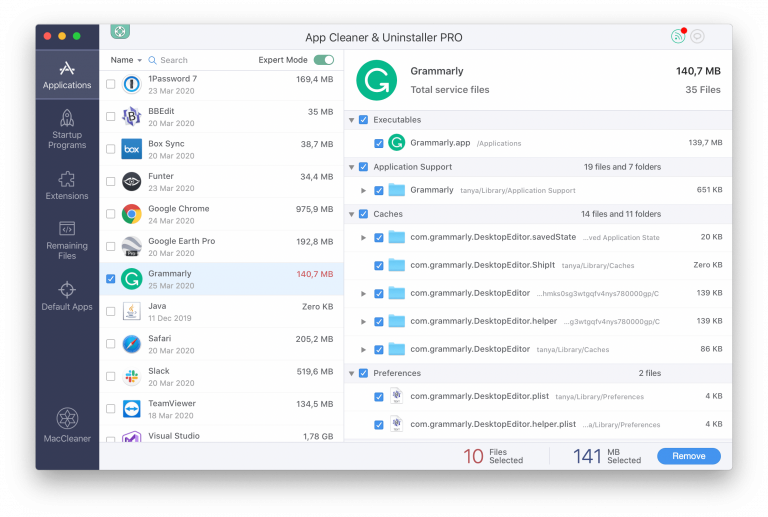
In other words, it’s obvious what the demonstrative pronoun refers to, so you don’t have to mention it. Sometimes, however, you don’t need to mention the antecedent because it’s clear from context. When a pronoun represents an unknown word, we call that an ambiguous antecedent. Otherwise, your listener or reader won’t know what you’re referring to when you say this, that, these, or those. When using demonstrative pronouns, it’s important to make it clear what the antecedent is. Use the singular form when modifying singular nouns and the plural form when modifying plural nouns. Like demonstrative pronouns, demonstrative determiners also use singular and plural. In the examples, this modifies restaurant to show it’s closer to the speaker, while that modifies café to show it’s farther away. Let’s eat at that café across the street.

When they modify a noun, they can show that it’s something close to the speaker, or they can indicate more distance. Determiners modify nouns just like adjectives do, so demonstrative determiners are also called demonstrative adjectives.ĭemonstrative determiners are also divided by near and far. The words this, that, these, and those can also be used as determiners instead of pronouns. demonstrative determiners (demonstrative adjectives) Not everyone has been lucky like I have been, so I help those who need it. The bananas are three weeks old! Throw those out! I’m searching for robots, but these aren’t the ones I’m looking for.

We’ll be fine if you get laid off, but that won’t happen.

ĭo you remember the book you read? What was the name of that ? Your choice is brilliant, but I like this. Demonstrative pronoun examplesĭemonstrative pronoun examples: Sentences It will tell you if it’s right or if there’s something you need to change.
GRAMMARLY FOR MAC ISSUES FREE
If you’re not sure whether you’re using demonstrative pronouns correctly, write or paste your sentence in our free grammar checker. They can also be used figuratively to describe an idea or concept instead of an actual thing with distance. That was a nightmare!īe careful, because demonstrative pronouns aren’t always used literally. That and those represent something physically farther away or that happened longer ago. The near demonstrative pronouns this and these can refer to something close to the speaker or something that happened or was mentioned recently. That is mine.ĭon’t touch the chocolate cookies.

If the antecedent is multiple things, use the plural demonstrative pronouns these or those.ĭon’t touch the chocolate cupcake. If the antecedent is one thing, use the singular demonstrative pronouns this or that. Singular/plural refers to the number of the antecedent. The four demonstrative pronouns are divided into two categories: singular/plural and near/far. When writing, you have to use the right type of demonstrative pronoun. The thing a pronoun represents is called the antecedent in the demonstrative pronoun example above, the antecedent is the red jacket. However, the speaker must make it clear what they are talking about when they don’t, demonstrative pronouns become confusing. Like all pronouns, demonstrative pronouns can refer to anything. The speaker is really saying, “I want the red jacket.” In the demonstrative (pronounced deh-mon-struh-tiv) pronoun example above, the word that represents the red jacket mentioned earlier. The demonstrative pronouns this, that, these, and those are used to represent an already mentioned or implied word or phrase, helping make communication faster and easier. Grammarly helps you communicate confidently Write with Grammarly What is a demonstrative pronoun?


 0 kommentar(er)
0 kommentar(er)
